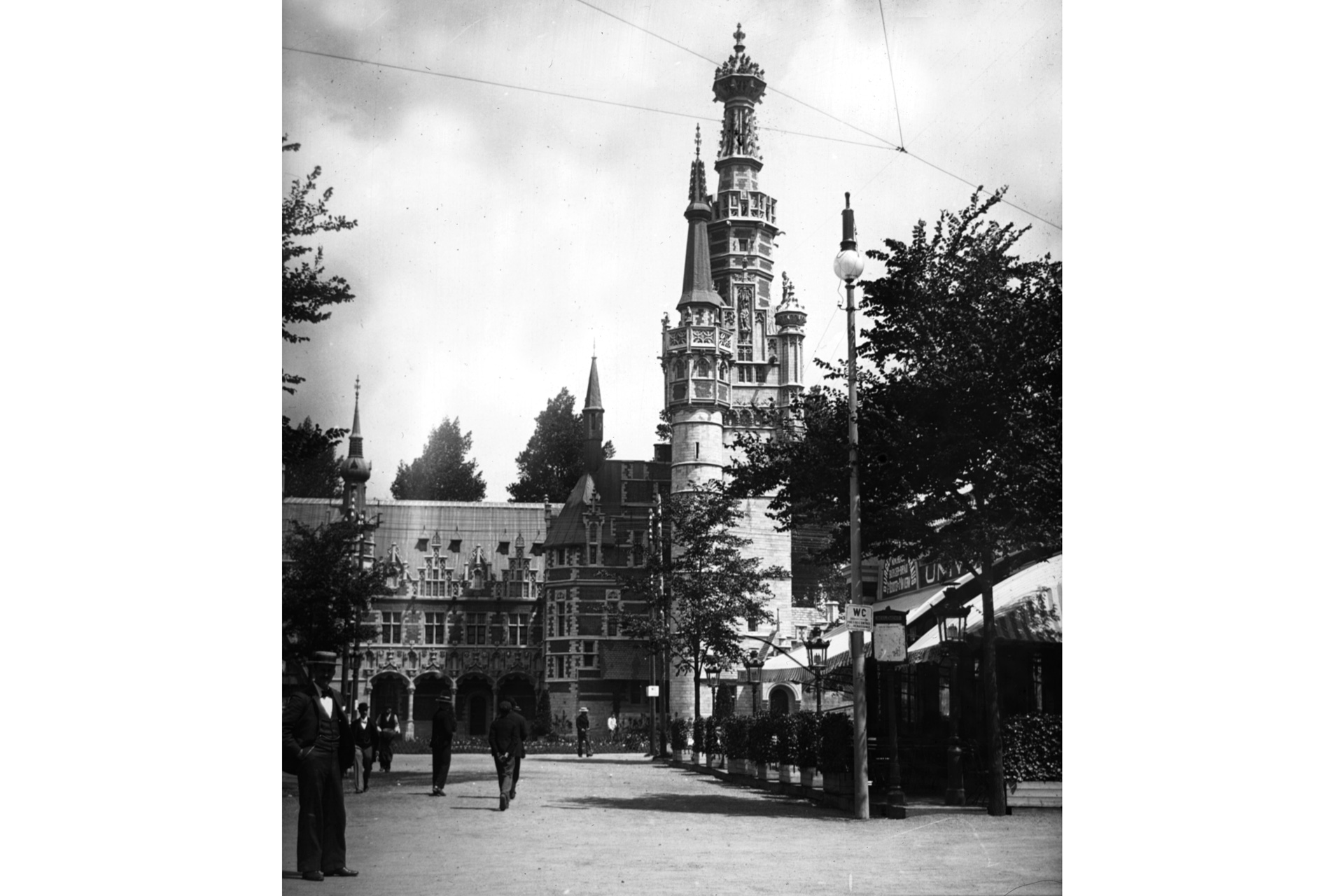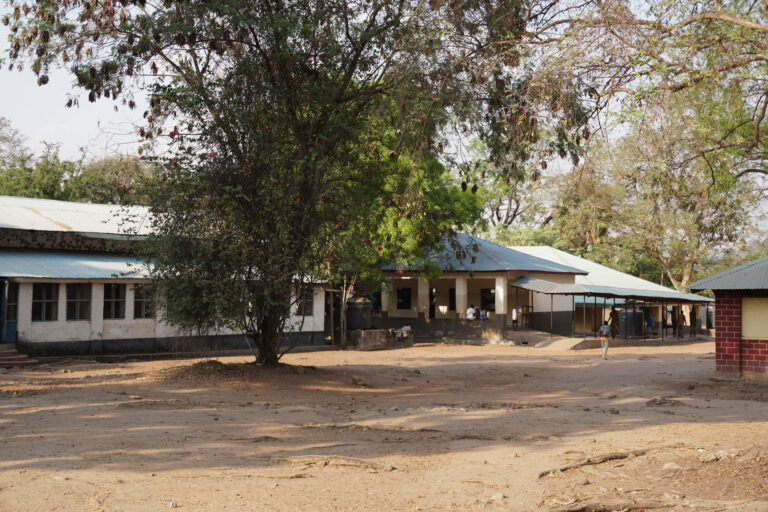Insight into Belgium’s colonial past
Een verhaal van zo’n 125 jaar geleden over de ‘Menselijke zoo van Tervuren’. Een dieptriest evenement in de koloniale geschiedenis van België.
June 22, 1902. My grandfather, Pieter Jacob van Maaren is born. My grandfather’s uncle was a photographer at the time. He traveled through Europe and took pictures of iconic places.
In the summer of the year 1897 (so 5 years before my grandfather was born) this uncle took this picture. A photo of a square in Austria. A square that never existed. And then it becomes very difficult to find where the photo was taken. This riddle has been solved. The photo was taken on a square with fake buildings. Fake buildings that are really made for a huge exhibition. This event is called: International Exhibition Internationale de Bruxelles.
My search for the provenance of a black-and-white photo from my private collection, for example, brings me to the 1897 World’s Fair. World’s Fairs were large-scale fairs with pavilions. The pavilions were set up by different countries to present art, architecture and design to the European public.
International Exhibition Internationale de Bruxelles
The World Exhibition in Bruxelles was held from May 10 – November 8, 1897. 27 countries participated in this exhibition. More than 7.8 million people paid 1 Belgian franc admission to visit the pavilions. For 1 Belgian franc you got an entrance ticket to two large exhibition grounds; Brussels and Tervuren. And in Tervuren was the Congo department. Whether my grandfather’s uncle has been there? Maybe. In any case, the search for the origin of this special slide brings me to this story.
Tervuren human zoo
At the request of King Leopold II, a ‘colonial section’ was organized in Tervuren. Rode? King Leopold II had acquired the Congo in 1885 as a private property.
In 1894, the king owned the country Congo for 9 years and he has already extensively shown his possessions at an exhibition in Antwerp. Now, 3 years later, the Congolese section mainly focused on public opinion. On the occasion, 267 Congolese were forcibly brought to Tervuren to populate three traditional villages. The journey by ship from Congo to Belgium took 30 days, during which two Congolese died on the way. On June 27, 1897, they arrive in Antwerp, where, despite the bad weather, the inhabitants turned out en masse to see these miraculous blacks. People came to see the way we now see animals in the zoo. After their stay in Antwerp, they left by train for their final destination, Brussels. The arrival at the North Station also attracted a large crowd. From Brussels, the Congolese continued their journey to Tervuren.
In Tervuren, the Congolese mainly showed the daily life in Congo, sang traditional songs, performed traditional dances and made utensils. Sometimes they entertained visitors with rowing competitions in canoes. The villages were built around the ponds of the Tervuren Park, separated from the public by a fence, the building materials were specially brought from Congo. To give it a tropical look, palm and banana trees were added. Various ethnic groups from Congo were represented, including Mongo, Baluba, Bakongo, Batetela and also two pygmies. In total, about 250 people were transferred, including about 110 soldiers from the Force Publique. Men, women and children were present.
The Red Cross was also present to monitor the health of the Congolese and provide them with medical support. On arrival in Tervuren, the Congolese were accommodated in the old castle of Tervuren, where they stayed during the exhibition period. However, the Belgian climate claimed victims, and many Congolese fell ill. In total, seven Congolese (Sambo, Mpemba, Ngemba, Ekia, Nzau, Kitukwa and Mibange) died.
At first, the organization tried to keep the death of the first Congolese a secret, but the news came out anyway. On July 4, 1897, it was reported in the newspaper “Le Peuple” that a Congolese had died. When several Congolese died in quick succession in August, a great debate arose in Belgium. Opponents of Leopold saw this as an opportunity to criticize the king’s Congo project. Questions were even asked in parliament and there were calls to close the exhibition and immediately send the Congolese group back to Africa. As a result, the Congolese were returned to Congo early on August 30, 1897.
Place of pilgrimage for Congolese
The deceased Congolese who remained behind were buried in the Tervuren cemetery, which was also not without some commotion. The newspapers reported hasty and unworthy burials. In addition, the Congolese were buried in unconsecrated ground, the part of the cemetery where graves were usually reserved for the mentally ill and suicides.
The Church of Tervuren therefore has a special meaning for some Congolese in Belgium to this day and therefore functions as a kind of pilgrimage site.
This article is largely based on articles from Wikipedia. You can read more information about this black page in Belgium’s history here.



